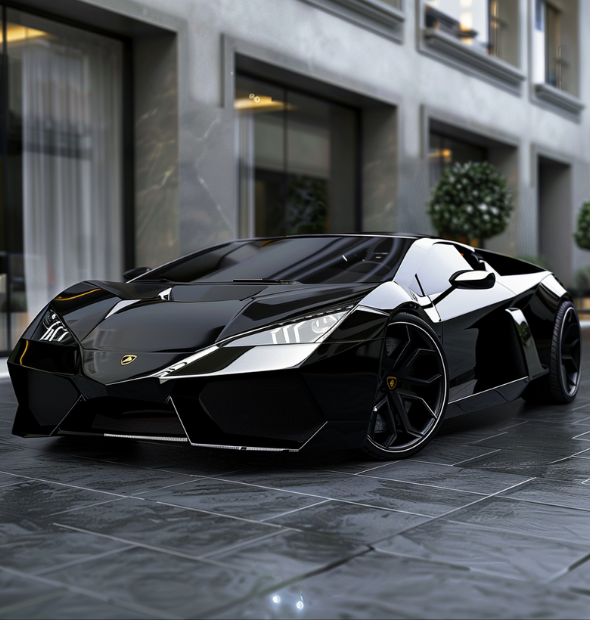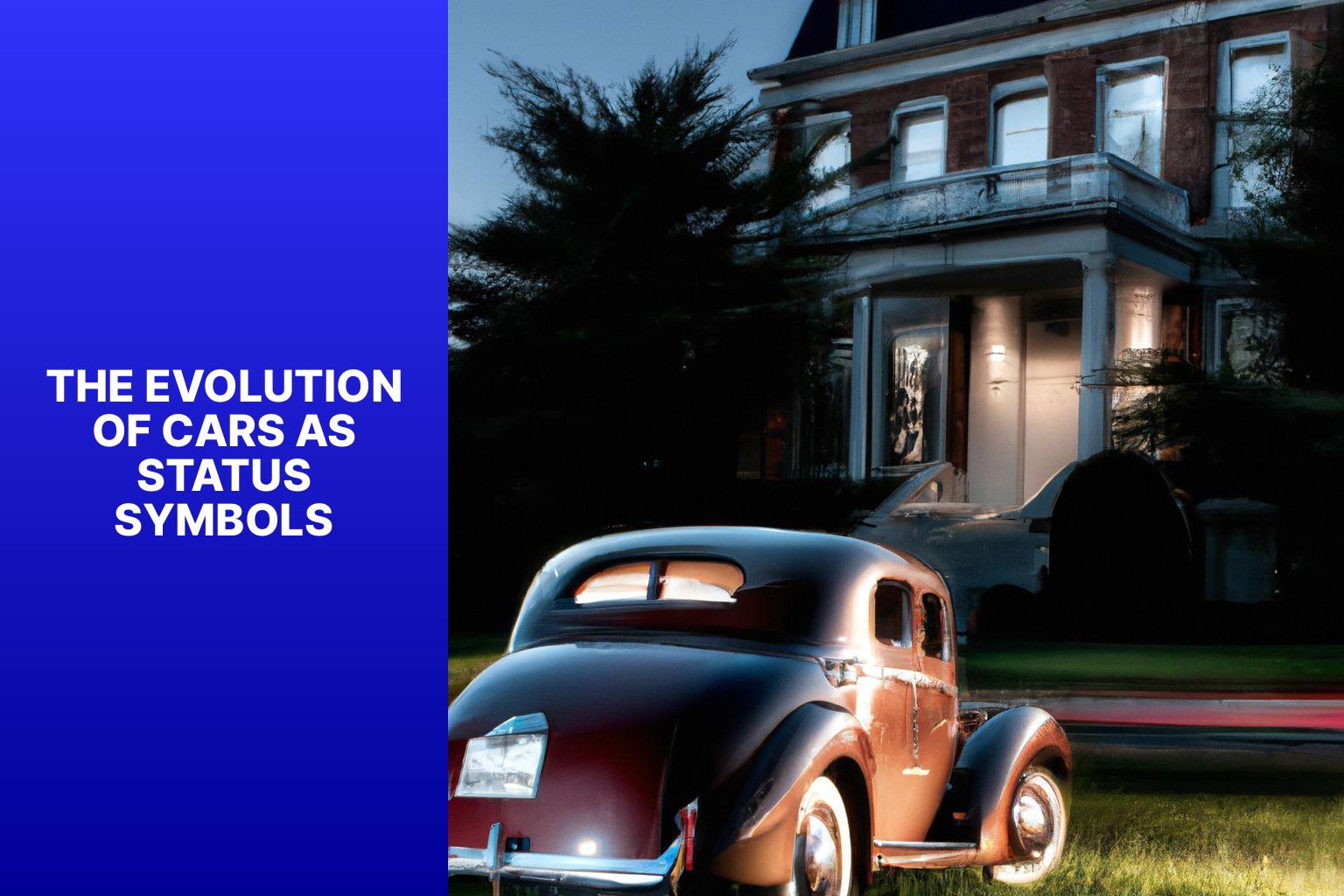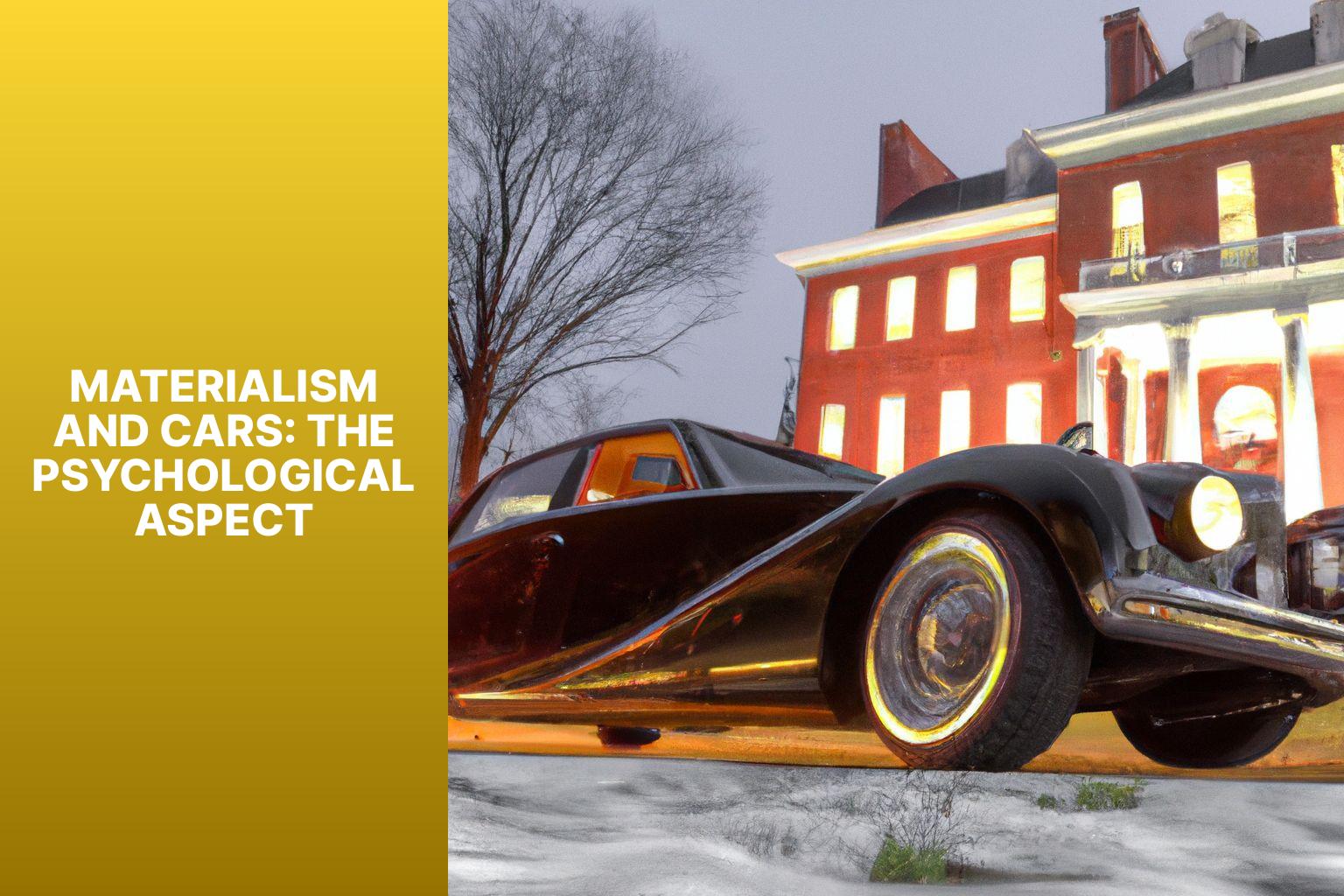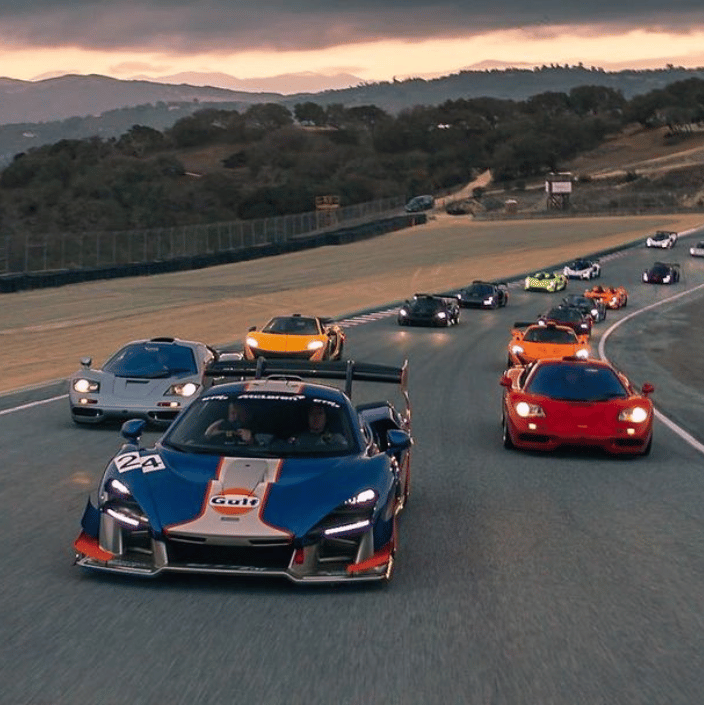Cars as Status Symbols: A Historical Perspective
Cars have long been associated with status and social standing, serving as symbols of wealth, luxury, and personal identity. Examining the historical perspective, we can trace the evolution of cars as status symbols and their influence on social class over time. By understanding the psychological aspects and the changing perception of cars as status symbols, we can gain insights into the role they play in society today.
The evolution of cars as status symbols can be observed through different eras. In the early days, cars were seen as luxurious symbols that only the affluent could afford. Mass production and technological advancements made cars more accessible, turning them into symbols of wealth for the emerging middle class. The influence of cars as status symbols also extended to popular culture, with films and music associating them with coolness and rebellion.

Cars have played a significant role in defining social class. For the upper class, cars have been a display of wealth, success, and social status. Owning a prestigious car brand or a rare model often became a status symbol within this class. In the middle class, cars represented mobility, convenience, and an aspirational lifestyle. For the lower class, cars have been seen as a status symbol of upward mobility and progress.
The relationship between cars and status symbols is not solely based on materialism. Cars also have a psychological aspect, influencing self-identity and perceptions. Many people associate their choice of car with their personality, values, and social image. Advertising and marketing campaigns often exploit this connection, shaping consumer preferences and reinforcing the association between cars and social status. Peer pressure and social comparison also contribute to the desire for certain car brands or models to meet societal expectations.
The perception of cars as status symbols is undergoing a transformation in recent years. With growing concerns about the environment and sustainability, electric cars are gaining popularity, representing a shift towards a more eco-conscious symbol of status. The focus is gradually shifting towards cars as tools for practicality and convenience rather than purely as symbols of social standing.
Understanding the historical context, societal influences, and psychological dynamics surrounding cars as status symbols allows us to reflect on the changing nature of this phenomenon. As the perception shifts towards more inclusive values and sustainability, cars are becoming a reflection of individual choices and practical needs, challenging the traditional notion of cars solely as symbols of status.
Key Takeaways:
- The Evolution of Cars as Status Symbols:
- The Early Days: Cars as Luxurious Symbols
- Mass Production: Cars as Symbols of Wealth
- Pop Culture Influence: Cars as Symbols of Coolness
- The Influence of Cars on Social Class:
- Cars and the Upper Class
- Cars and the Middle Class
- Cars and the Lower Class
- Materialism and Cars: The Psychological Aspect:
- Cars and Self-Identity
- The Role of Advertising and Marketing
- Peer Pressure and Social Comparison
- The Changing Perception of Cars as Status Symbols:
- Sustainability and Electric Cars
- Cars as Tools rather than Status Symbols
The Evolution of Cars as Status Symbols

Photo Credits: Www.Moderngentlemanmagazine.Com by Joshua Jackson
From the early days when cars were considered luxurious symbols of wealth to the mass production era that turned them into status symbols, and the influence of pop culture that made them symbols of coolness, let’s take a journey through the evolution of cars as status symbols. Buckle up and prepare to explore how these fascinating machines have transformed from mere modes of transportation to powerful icons of social standing and cultural trends.
The Early Days: Cars as Luxurious Symbols
In the early days of automobiles, cars served as luxurious symbols that represented wealth and social standing. They were not simply modes of transportation, but rather status symbols for the elite class and high society.
During this era, only a few individuals could afford cars, as they were expensive and considered a luxury item. The majority of people relied on horses and carriages for their means of transport. Owning a car not only demonstrated wealth but also showcased sophistication.
Luxury cars, such as the Rolls Royce Boat Tail, were highly desired by the wealthy. These specially crafted vehicles displayed exquisite craftsmanship and meticulous attention to detail, symbolizing opulence and extravagance.
Cars in the early days were meticulously designed to be admired and appreciated, boasting ornate exteriors and lavish interiors. Possessing a car elevated one’s social status and served as a testament to their achievements.
Mass Production: Cars as Symbols of Wealth

Mass production revolutionized the automobile industry, making cars more accessible and affordable for the average citizens. Cars became symbols of wealth and social status in society.
Cars were no longer just a luxury but also a status symbol for anyone who could afford them. Assembly lines and standardized production processes boosted manufacturing efficiency, increasing car availability.
Mass production significantly lowered car prices, allowing the middle class to own vehicles and demonstrate upward mobility. The number of cars on the roads increased dramatically, creating a visible presence of wealth.
Owning a brand new car distinguished oneself from those with second-hand vehicles or relying on public transportation. Mass production also introduced iconic car models associated with luxury and wealth, like Rolls-Royce and Cadillac, which reflected social position and success.
Cars enhanced convenience and productivity in commuting and employment opportunities. The mass production of cars transformed them from exclusive luxury symbols for the elite to status symbols accessible to a broader range of people. This shift in perception associated cars with wealth and social status in society.
Pop Culture Influence: Cars as Symbols of Coolness
Pop culture has had a profound impact on society’s perception of cars, effectively transforming them into iconic symbols of coolness. Unlike in the past, cars are no longer regarded solely as means of transportation; they now embody style and individuality.
In movies, music, and advertising, cars are frequently portrayed as the epitome of coolness. The powerful and sleek sports cars, such as the Nissan Skyline GTR R35, often take center stage in action-packed films, creating a captivating and adrenaline-fueled image. This portrayal ignites a strong desire among individuals to possess these cars and exude a sense of coolness.
In addition, celebrities and influencers play a significant role in shaping the perception of cars as symbols of coolness. When renowned personalities drive luxury cars like the Rolls Royce Boat Tail, it intensifies the longing and amplifies the association with coolness that these vehicles embody. Individuals strive to imitate their favorite stars and seek validation through owning similar cars.
The exclusivity and rarity of specific car models contribute to their coolness factor. Limited edition cars with a low production number, analogous to rare NFTs, evoke a feeling of scarcity and create a strong demand. Possessing such a car elevates one’s social status and fosters a perception of coolness.
It is crucial to acknowledge that coolness is not solely dependent on the brand or type of car one drives. The coolness of a car is also influenced by the owner’s personality and how they present themselves. For instance, a local school janitor driving a used Honda Civic can be just as cool as a celebrity driving a luxury sports car if they exude confidence and authenticity.

Photo Credits: @automotive_alex
Cars have always played a pivotal role in shaping societal hierarchies, with their influence on social class being undeniable. In this section, we’ll explore the intricate dynamics between cars and different social classes. From the opulent displays of wealth by the upper class to the aspirational choices of the middle class, and even the practical considerations of the lower class, we’ll delve into how cars have become significant status symbols across various echelons of society.
Cars and the Upper Class
Cars and the upper class are intimately connected. The upper class has a strong affinity for luxury cars and high-end brands. Owning a luxury car is not just a means of transportation; rather, it is a symbol of prestige and wealth that showcases one’s elevated social standing.
In the realm of the upper class, luxury cars are meticulously selected to reflect the owner’s personal taste and style. Exceptional and exclusive models, such as the Rolls-Royce Boat Tail, hold immense desirability due to their limited production, thereby enhancing their prestige.
For the upper class, owning a luxury car serves as a way to be visible and admired within high society. It distinguishes them from the average citizens and highlights their social status, comparable to historical dueling scars or modern battle scars.
Luxury cars entail high insurance expenses, which may appear excessive to the average citizens but hold little significance for the upper class. These costs further strengthen the exclusivity and status that come with owning such vehicles.
Cars and the Middle Class
Cars have always played a significant role in society, especially in relation to social class. For the middle class, cars have been crucial for mobility and social status.
1. Cars as a symbol of progress: Owning a car represented upward mobility for the middle class. It allowed them to move beyond public transportation or walking.
2. Accessibility and affordability: As cars became more mass-produced and affordable, they became accessible to more people. The middle class found it easier to purchase and maintain cars, which solidified their status.
3. Commuting and convenience: Cars gave the middle class the ability to commute to work or travel for leisure at their convenience. This provided them with autonomy and flexibility that lower-income individuals relying on public transportation did not have.
4. Social integration: Cars allowed the middle class to participate in activities dominated by the upper class. They could easily travel to suburban areas, attend social gatherings, and explore new opportunities.
5. Economic stability: Car ownership showed economic stability for the middle class. It demonstrated that they could afford a car and cover expenses like insurance and maintenance.
Cars and the Lower Class
Cars play a crucial role in the lives of the lower class beyond being mere status symbols. When considering cars and the lower class, it is important to keep in mind the following key points:
1. Transportation: Cars offer a convenient and flexible mode of transportation, allowing individuals to easily commute, fulfill work obligations, attend to errands, and meet personal commitments.
2. Financial Constraints: The lower class often faces financial challenges, which necessitate their reliance on second-hand or more affordable cars that cater to their basic transportation needs.
3. Local Community: Cars are indispensable resources for individuals in service-oriented roles, such as school janitors or delivery drivers, who heavily depend on their cars to carry out their jobs effectively and make valuable contributions to the community.
4. Symbolic Significance: Even within the lower class’ social circles, owning a car, even if it is modest, can be perceived as a symbol of personal progress and achievement.
5. Financial Burden: Car ownership poses financial difficulties for the lower class due to expenses like maintenance, fuel, insurance, and other financial strains that squeeze their limited budgets.
Recognizing the practical value of cars for the lower class and understanding the financial constraints associated with ownership goes beyond acknowledging their prominence as status symbols.
Materialism and Cars: The Psychological Aspect

Photo Credits: Www.Moderngentlemanmagazine.Com by Billy Rodriguez
In the realm of materialism and cars, we dive deep into the fascinating psychological aspect that connects individuals with these powerful symbols. Get ready to explore how cars become a defining part of our self-identity, the colossal influence advertising and marketing wields, and the overwhelming impact of peer pressure and social comparison. Buckle up for a riveting journey through the intricate relationship between materialism and cars, where we uncover the hidden truths behind our attachment to these four-wheeled status symbols.
Cars and Self-Identity
Cars play a significant role in shaping an individual’s self-identity. They are more than just a mode of transportation; they serve as an extension of one’s personality, values, and aspirations.
1. Self-expression: Cars provide a platform for individuals to showcase their unique identity. The choice of vehicle reflects their personal tastes, preferences, and individual style.
2. Status and success: Cars are symbols of social status and achievement. Owning a luxury car, such as a Rolls Royce Boat Tail or a rare NFT car, signifies wealth, success, and prestige. It serves as a visual representation of one’s position in society.
3. Individuality: Cars differentiate individuals from others. Personalized license plates or distinctive modifications leave a lasting impression on the vehicle, enhancing one’s sense of self-identity.
4. Adventure and freedom: Cars represent freedom and the spirit of exploration. They offer the opportunity for road trips, new experiences, and the excitement of the open road. The car becomes an integral part of one’s identity, reflecting their adventurous nature.
5. Memories and nostalgia: Cars hold sentimental value and evoke cherished memories. They remind individuals of significant life events like memorable road trips or family vacations. Ownership of a particular car model or brand can also be tied to personal nostalgia or cherished family traditions, further strengthening one’s self-identity.
The Role of Advertising and Marketing
Advertising and marketing play a crucial role in shaping the perception of cars as status symbols. The key to effective advertising is to create an aspirational image around owning luxury cars by highlighting their luxurious features and sleek designs. This builds brand reputation and associates luxury car brands with prestige, exclusivity, and superior quality, which in turn cultivates consumer desire.
Influencing consumer behavior is another important aspect of advertising and marketing. Techniques such as celebrity endorsements and limited-time offers have a significant impact on consumers, as owning a luxury car is seen as a symbol of social status and success.
Clever marketing strategies also create a sense of exclusivity around luxury car brands. Limited production runs, special editions, and high prices contribute to the perception that these cars are only accessible to the elite.
Car advertisements tap into emotions to strengthen the desire for owning a luxury car as a symbol of status and achievement. They evoke feelings of power, freedom, and success, further emphasizing the role of advertising and marketing in shaping the perception of cars as status symbols.
Peer Pressure and Social Comparison
Peer pressure and social comparison have a significant impact on how cars are perceived as status symbols. The choices individuals make when it comes to their vehicles are heavily influenced by the desire to fit in and the influence of others.
1. Peer pressure plays a role in this phenomenon. When individuals see their peers driving luxurious or high-end cars, they can feel pressured to do the same. There is a strong desire to be viewed as successful or well-off, and owning a prestigious car can enhance one’s social status. People may feel compelled to keep up with the trends and expectations set by their social circle.
2. Social comparison also plays a part in the perception of cars as status symbols. Individuals often evaluate their own social standing by comparing themselves to others. Owning a specific car brand or model can be seen as a symbol of status and an indication of wealth or success. People compare their cars to those of others, which then sparks a desire to match or even surpass their peers in terms of their choice of vehicle.
3. Branding and image also contribute to the desire for certain car brands or models. Car manufacturers and advertising campaigns have a significant role in creating this aspiration. They establish a sense of exclusivity and superiority, making individuals aspire to own these cars to enhance their social image.
4. Economic factors can also come into play. Some individuals may feel compelled to purchase expensive cars due to their financial means. Those with higher incomes may feel the need to showcase their wealth and success through owning luxury vehicles. It is important to consider one’s own financial situation and not succumb to the pressure if it is not financially viable.
5. Emotional gratification is another driving factor influenced by peer pressure and social comparison. When individuals own a car that is admired or envied by others, it can bring a sense of validation or acceptance. The desire to be seen positively by peers can be a powerful motivator when choosing a car.
The Changing Perception of Cars as Status Symbols

Photo Credits: @shiftclickmedia
As attitudes towards cars evolve, we witness a fascinating shift in the perception of cars as status symbols. In this section, we delve into the changing narrative surrounding cars and their significance in defining social status. From exploring the rise of sustainability and electric cars as symbols of conscious consumerism, to the emerging notion of cars as functional tools rather than mere status symbols, we uncover the intriguing factors reshaping our perspective on automotive prestige.
Sustainability and Electric Cars
Sustainability and electric cars are revolutionizing the transportation system towards a greener future. In recent years, electric cars have gained immense popularity due to their lower carbon emissions and decreased dependence on fossil fuels.
One of the key advantages of electric cars is that they are powered by electricity, which can be generated from renewable sources like solar or wind power. Consequently, driving an electric car emits zero tailpipe emissions, leading to a significant reduction in air pollution and a proactive approach towards combating climate change.
Compared to conventional vehicles, electric cars can decrease greenhouse gas emissions by up to 70%. They offer substantial cost savings on fuel and maintenance. Charging an electric car is more economical compared to filling up a gasoline tank, and their simplified structure requires less maintenance.
Thanks to advancements in battery technology, the driving range of electric cars has significantly increased, alleviating concerns about range anxiety for electric vehicle owners. There has been continuous improvement in charging infrastructure, making it even more convenient to own an electric car.
Governments and regulatory bodies are taking measures to incentivize the adoption of electric cars. This includes providing subsidies and tax advantages, making electric cars a viable and sustainable option for a wider population. The promotion of sustainability and the integration of electric cars is vital for creating a greener and cleaner future.
Cars as Tools rather than Status Symbols
Cars are no longer just seen as status symbols. Instead, they are increasingly viewed as practical tools. Many people now prioritize cars for their practicality, prioritizing fuel efficiency, reliability, and affordability instead of luxury or status. Emphasis on functionality is important too. Instead of new, high-end cars, people are choosing reliable used cars that meet their transportation needs. They understand that cars don’t define their social status and are more concerned with practicality and functionality. Changing attitudes towards ownership are also evident. With the rise of ride-sharing services and the sharing economy, some people no longer feel the need to own a car. They see cars as tools that are easily accessible when needed, rather than symbols of status and ownership. Environmental concerns have contributed to this shift in perception. Many people now choose electric or hybrid cars not for status, but to minimize their environmental impact.
Frequently Asked Questions
How have cars become status symbols in society?
Cars have become status symbols in society because they indicate the owner’s social position and wealth. Certain luxury cars are particularly idolized as status symbols, signifying a higher class or social status.
Are all wealthy individuals interested in owning expensive cars?
No, not all wealthy individuals prefer expensive cars. Some prioritize comfort and practicality over the brand or cost of the car. While luxury cars may still be seen as status symbols, some wealthy individuals choose to drive simpler and more practical cars that meet their needs.
Why do some people buy expensive cars even if they can’t afford them?
Some people buy expensive cars to project an image of wealth or importance, even if they can’t afford it. They may want to be seen as successful or part of a higher social class. It’s important to prioritize safety and practicality over status when purchasing a car.
Can assumptions about income and social status be made based on the type of car someone drives?
Yes, the type of car someone drives can lead others to make assumptions about their income and social status. Society often associates certain car brands or models with wealth and success. It is important not to judge people solely based on the car they drive, as there are various factors that may affect car choices.
Can status symbols change over time?
Yes, status symbols can change over time. For example, books were once considered a status symbol but have now become commonplace among average citizens due to the invention of the printing press. Similarly, cars may no longer be used as a means to impress others in the future, as societal values and perspectives shift.
What are some other historical examples of status symbols?
Some interesting historical examples of status symbols include the use of powdered wigs in 18th century England and France, scars being seen as desirable and attractive throughout history, and the hiring of ornamental hermits by wealthy individuals in the 18th century to portray a sense of melancholy and introspection in their gardens.
